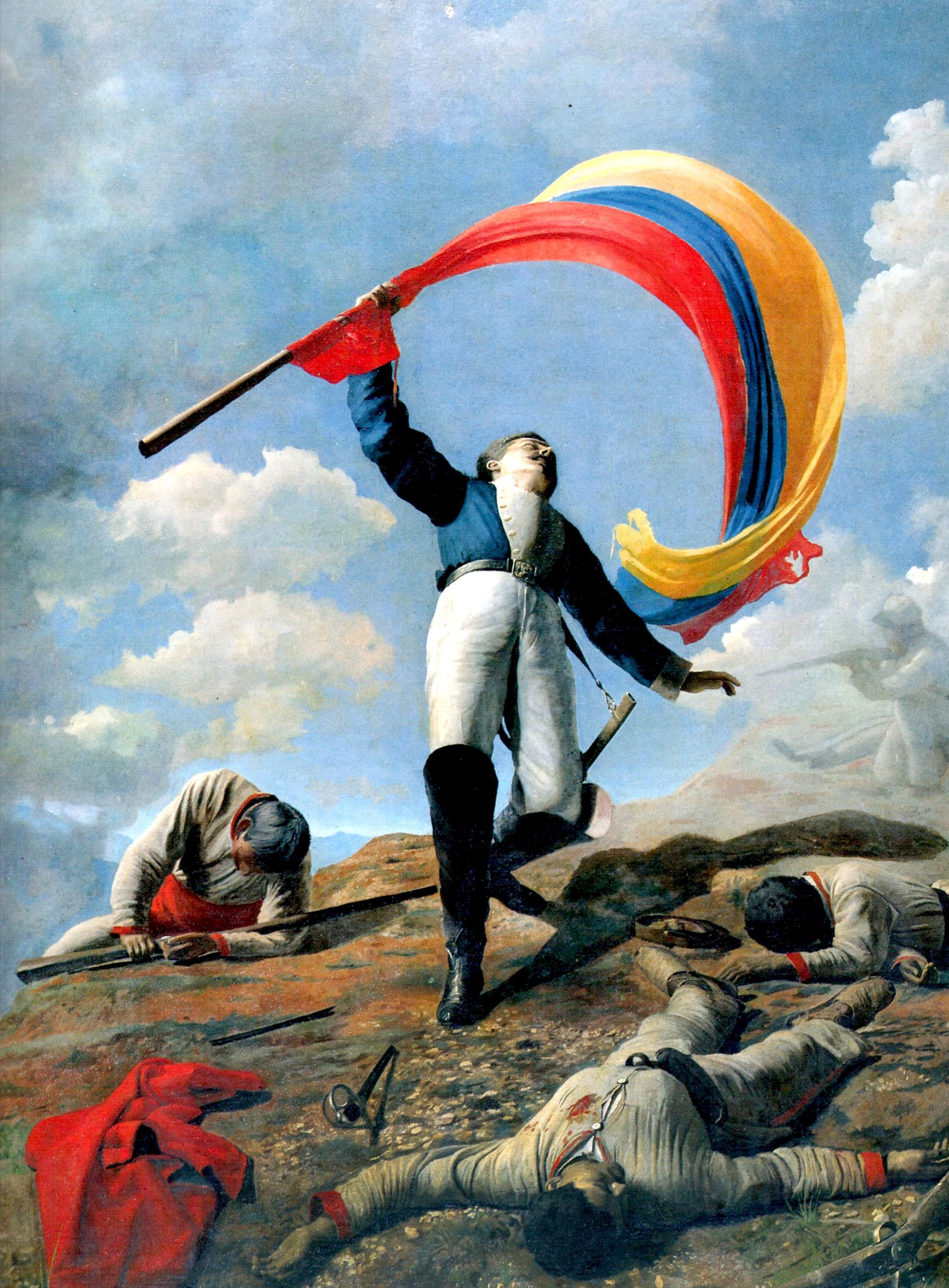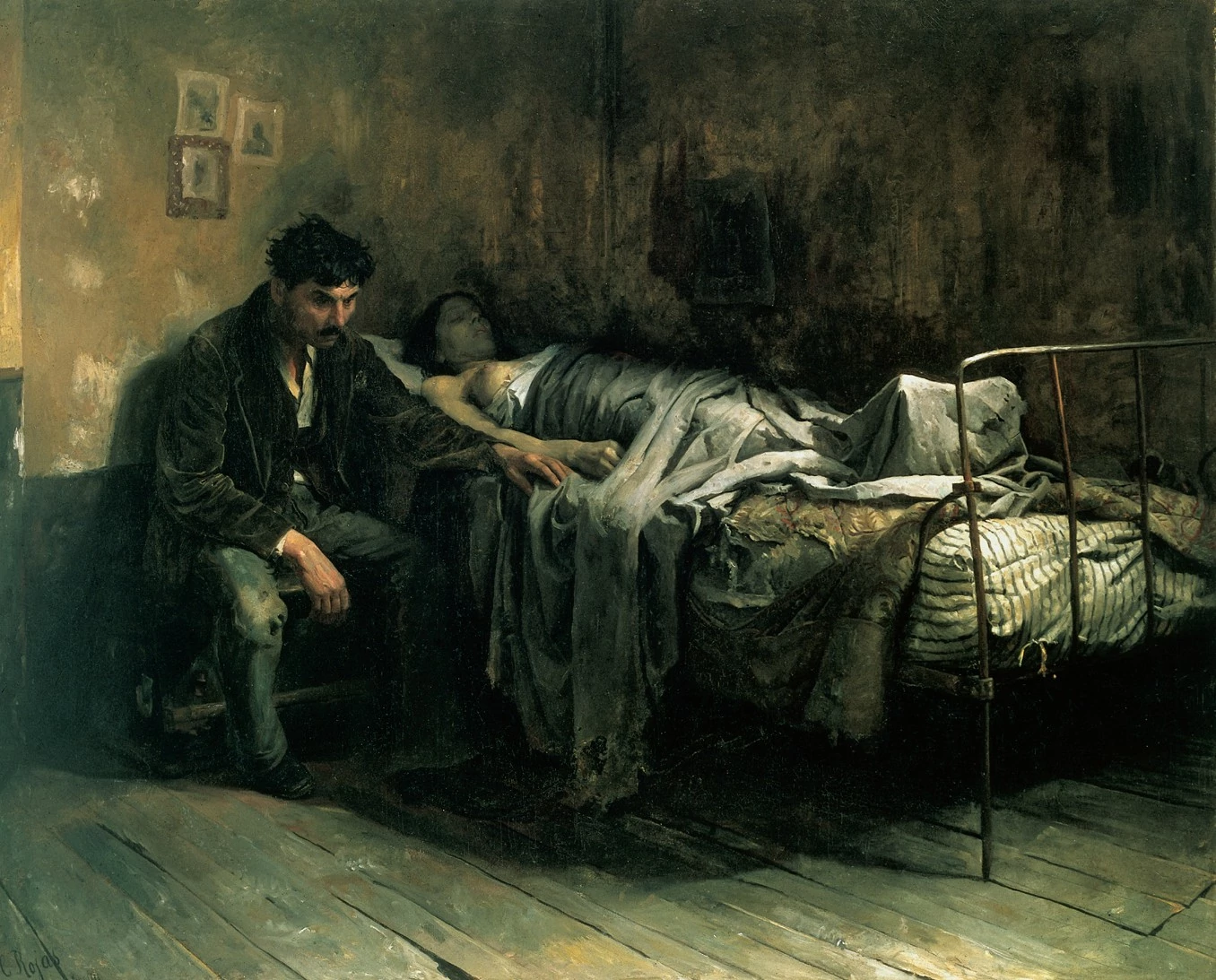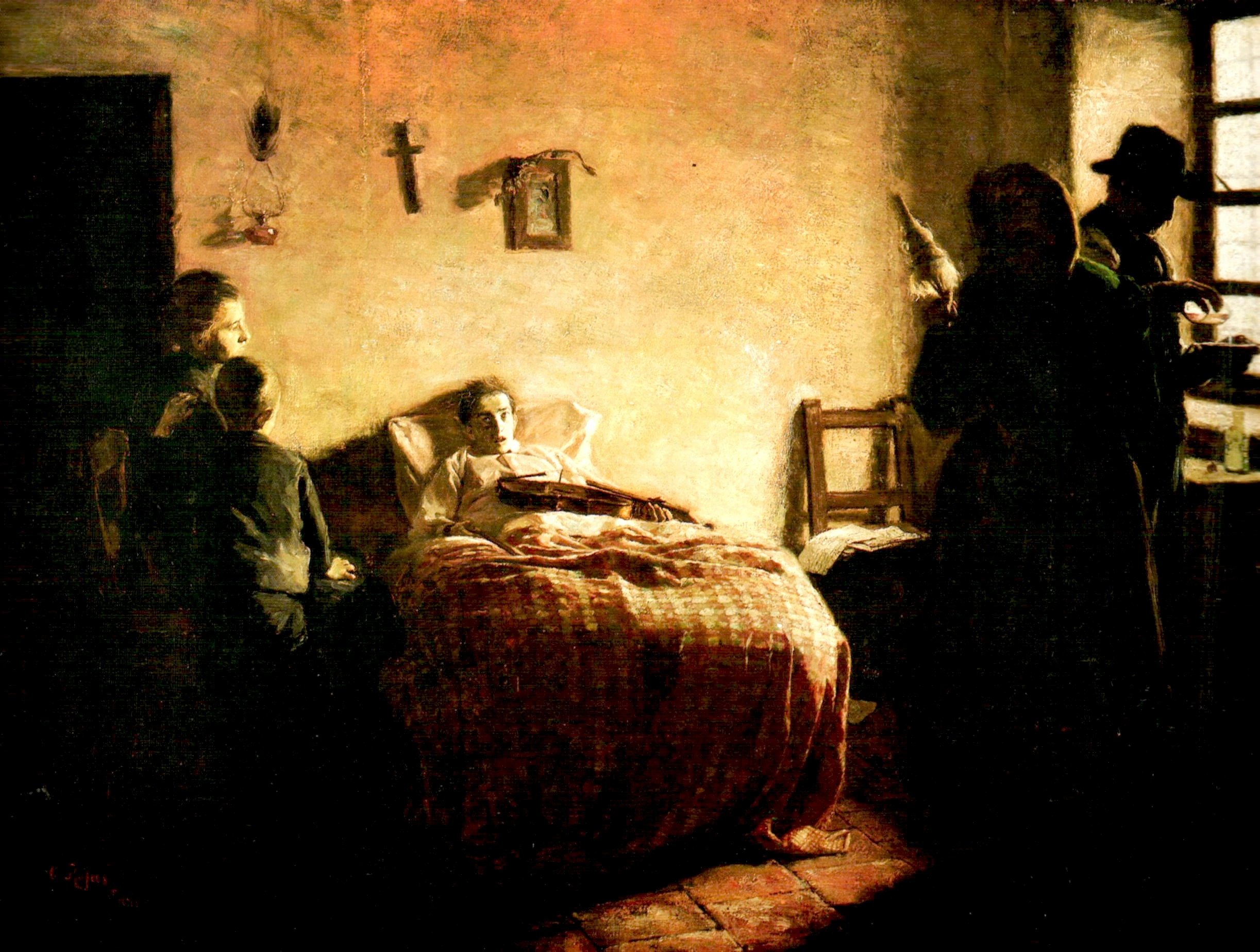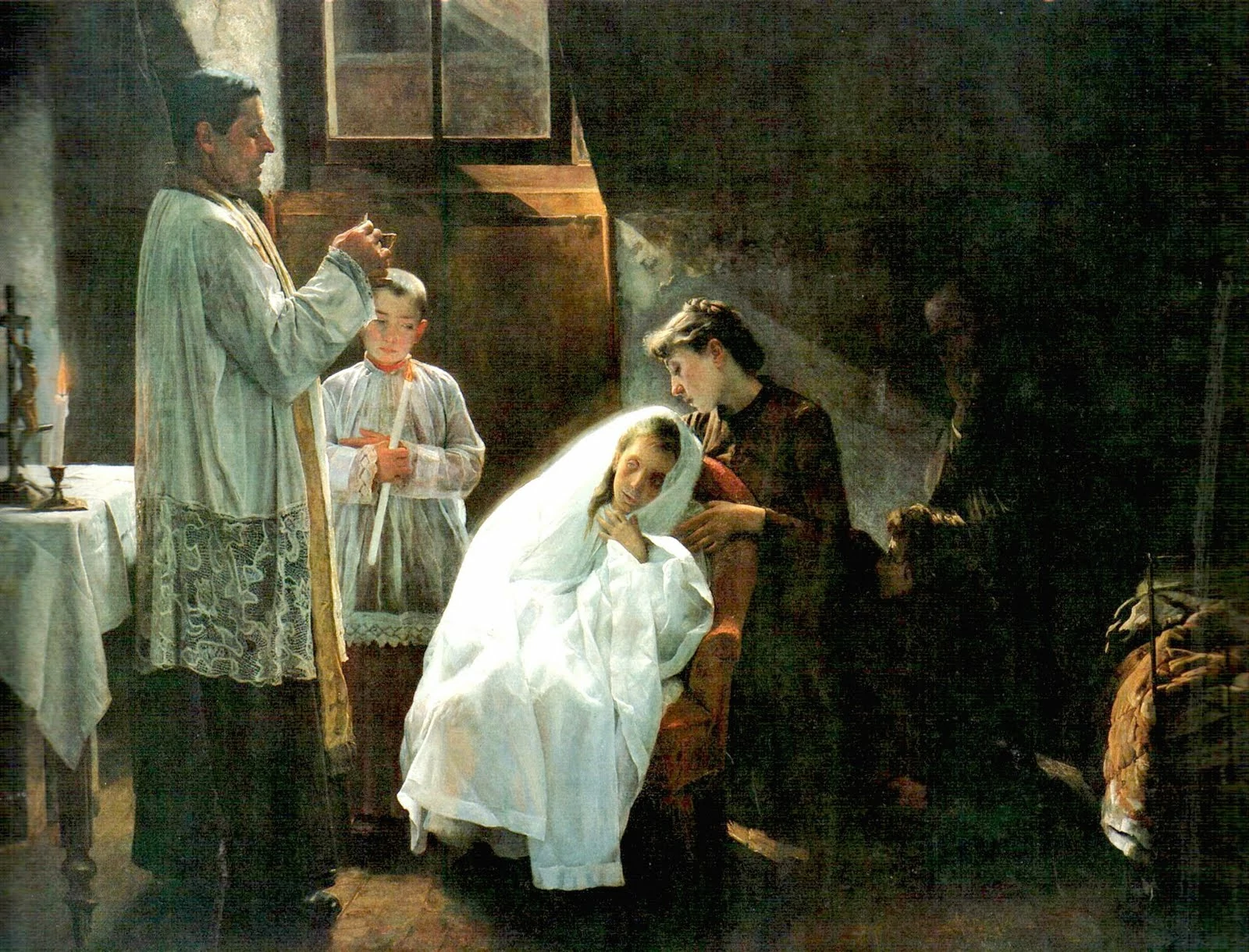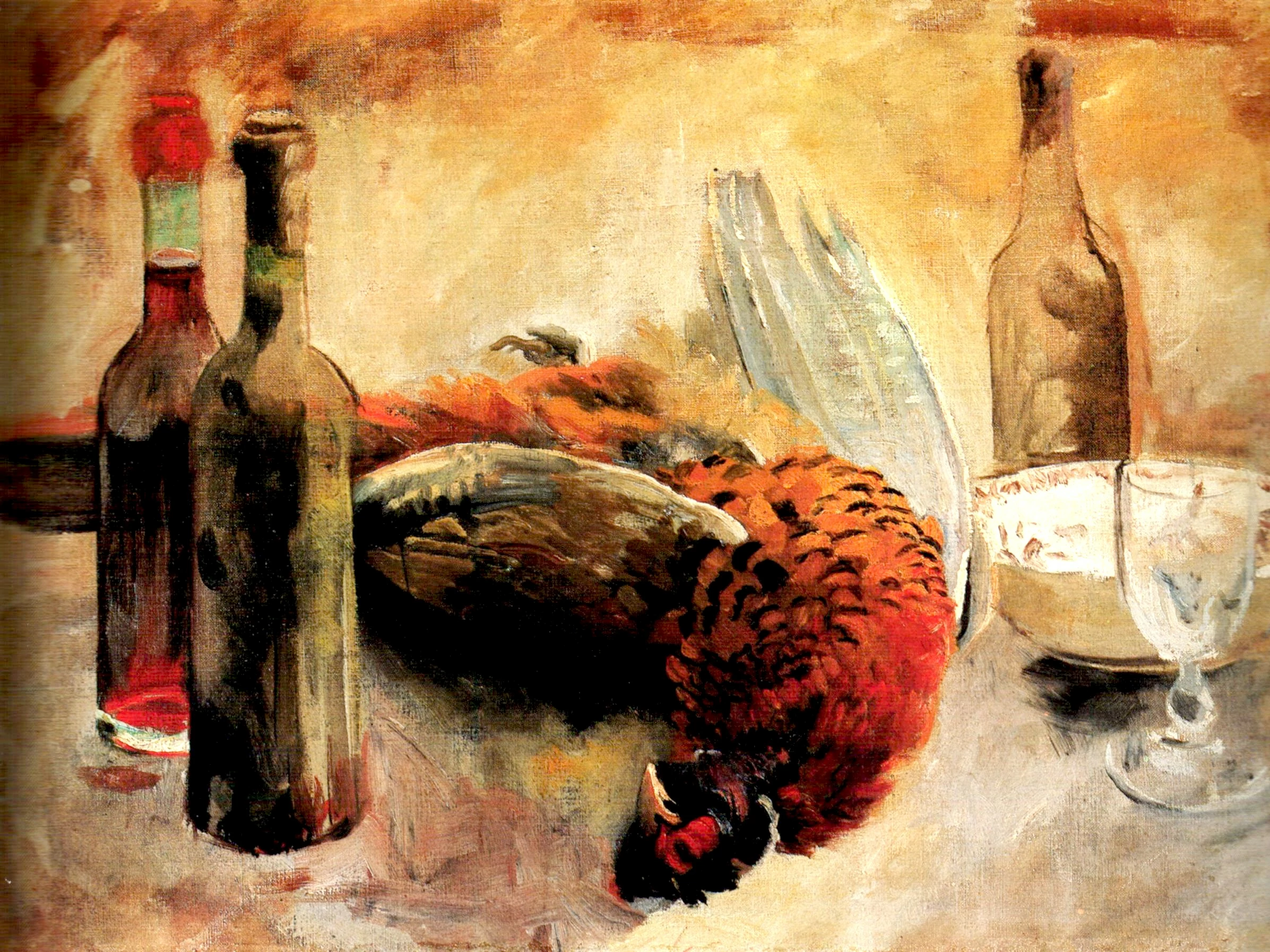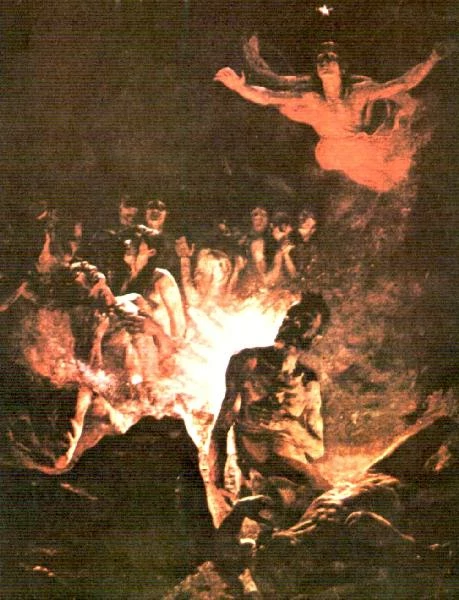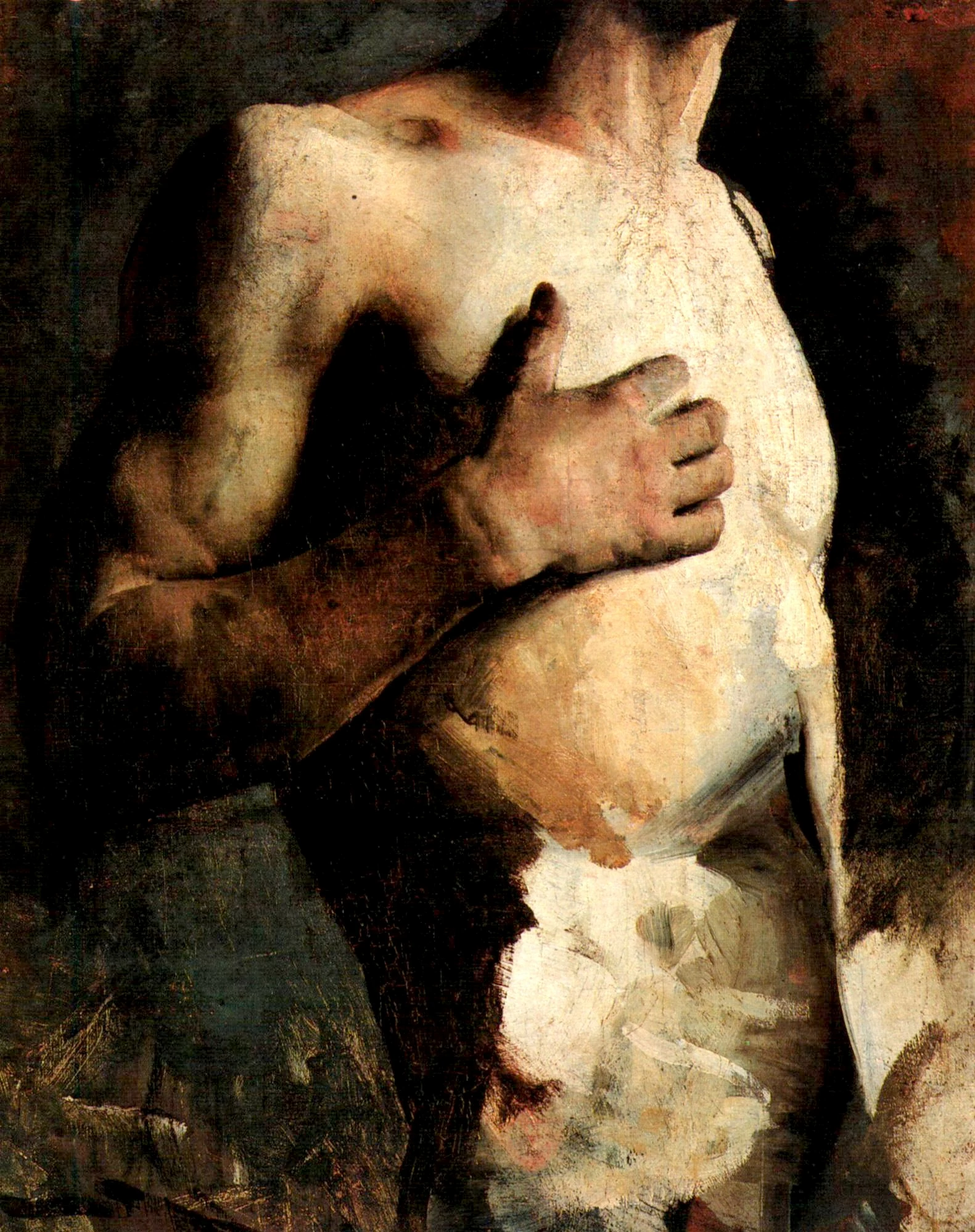Young Cristóbal met death in 1870, when it came to take his father. Life started ok for Cristóbal Rojas Poleo. His parents worked in medicine in Cúa in northern Venezuela, and his grandfather tutored him in drawing. Cristóbal was 12 when his father died, and though he started work in a tobacco factory to support his family, Cristóbal still painted and was even able to take occasional classes in oil painting at Universidad Central de Venezuela.
Venezuela was experiencing a renaissance in the wake of its new independence. Guzman Blanco, who served three terms as president while Cristóbal was living in Caracas, was remaking the city into a “Petit Paris”, complete with classical architecture and a cultural obsession with hero paintings. In 1883, Blanco threw a centennial gala for the anniversary of the birth of Simon Bolivar, the famous “El Libertador” of Venezuela. For the event, every artist in Venezuela was invited to participate in the first national art exhibition.
Though his formal training was minimal, Rojas submitted his first and only nationalist painting. “The Death of Girardot” gloriously portrayed the slaying of the Colombian revolutionary Atanasio Girardot. It’s telling that Rojas never painted in this neoclassical style again. He played to his audience, and it worked. “The Death of Girardot” earned Cristóbal a medal, and more importantly, a life-changing scholarship to paint and train in Europe.
Rojas chose to move to France, since it was thought more progressive and youthful than Italy. In Paris, Rojas swung at the end of an emotional pendulum. He partied hard, and waxed depressive at the distance from his family. His work was focused on showing in the Salon, the ultimate badge of artistic acceptance. He painted the poor, working class people who lived in the Latin Quarter. Scenes of death, illness and the gaunt helplessness of the unfortunate became Rojas’ bread and butter. Bleak subjectmatter became so popular with the salon that an entire genre of voyeuristic indulgence developed, and later evolved into Social Realism.
...
Got questions, comments or corrections about Cristóbal Rojas Poleo? Join the conversation in our Discord, and if you enjoy content like this, consider becoming a member for exclusive essays, downloadables, and discounts in the Obelisk Store.
